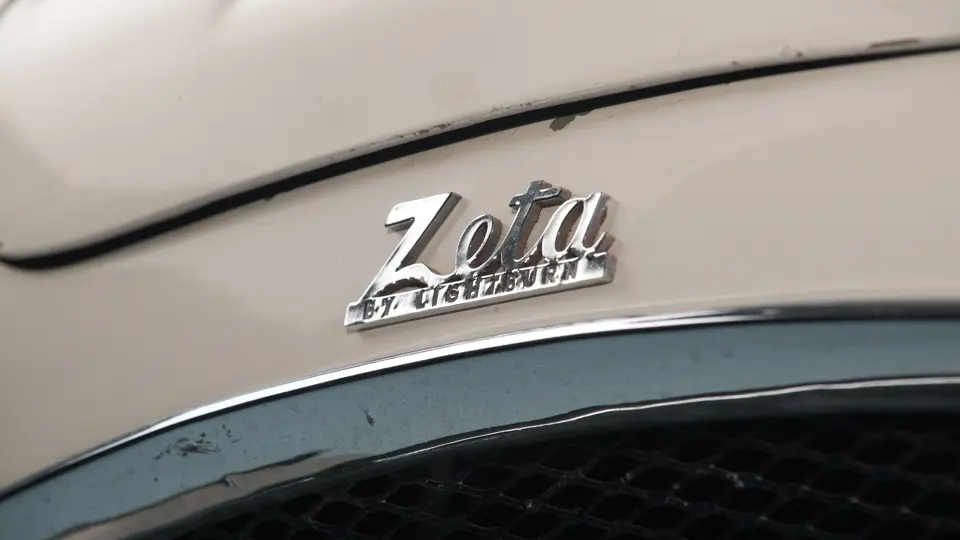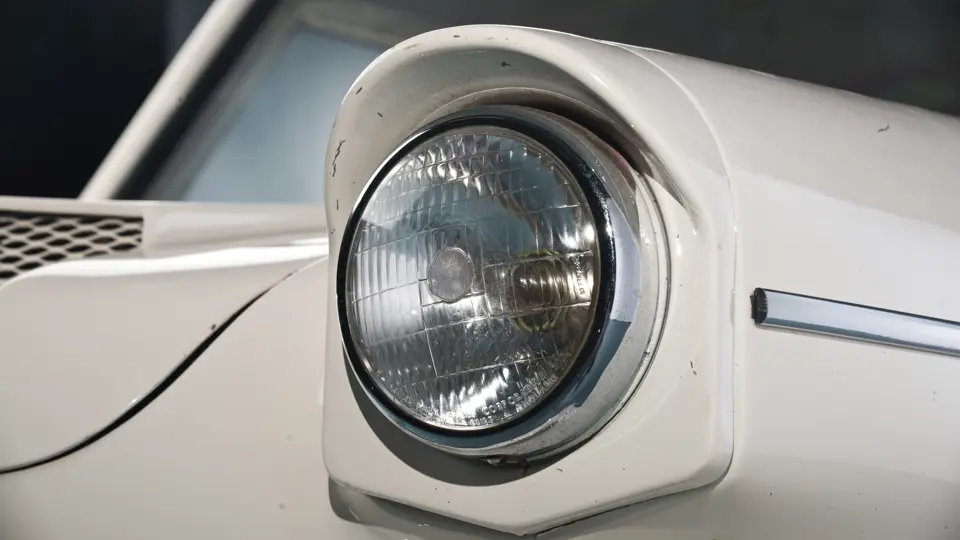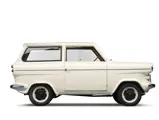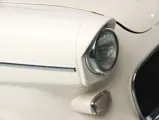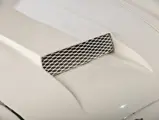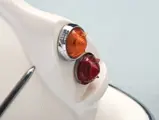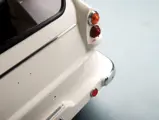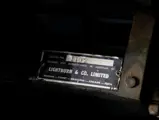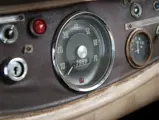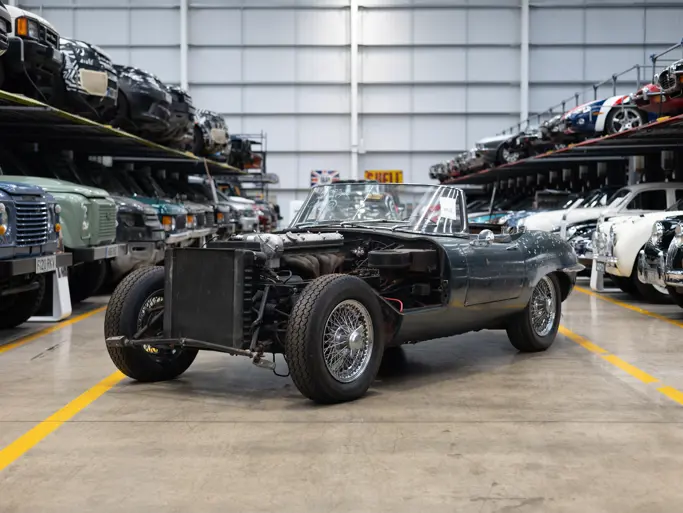A sought-after microcar built in Australia.
SPECIFICATIONS
Manufacturer: Lightburn Vehicles Ltd.
Origin: Novar Gardens, South Australia
Production: 324
Motor: Villiers 2-cyl, 2-stroke
Displacement: 324 cc
Power: 16.5 hp
Length: 10 ft. 1 in.
Identification No. 1102
From the early fifties, the South Australian firm of Lightburn Industries, successful manufacturers of washing machines, cement mixers, auto equipment, and fiberglass boats, was interested in building a small commuter car. Its design team, headed by the charismatic Harold Lightburn, developed several prototypes and concluded with the purchase of the rights to the Astra, a light commercial utility wagon built by the famous British Anzani firm in Middlesex, England.
This was the inspiration for the fiberglass-bodied Lightburn Zeta Runabout, billed as “Australia’s own second car.” Its size was just right for shopping runs and “mom’s taxi” duties, but its low-powered Villiers twin, with its sequential shifter and “shut-off-and-restart” reverse, was not something the public warmed to. Its flaw was the absence of a rear hatch, necessitating the removal of the seats for serious load-carrying. Comments have been made regarding the controversial styling, but it was not the first company with such an issue, and as Australian distributors for Alfa Romeo, they were not completely blind to matters of automotive style. This example is finished in cream with a black interior; nearly every panel has some feature to appreciate, be it the taillights that appear to be off some British Leyland product, the fins on the rear section of the roof à la the Volvo P1800, or the upward cant of the sculpted lines of the front fenders, which hints at amphibious use.




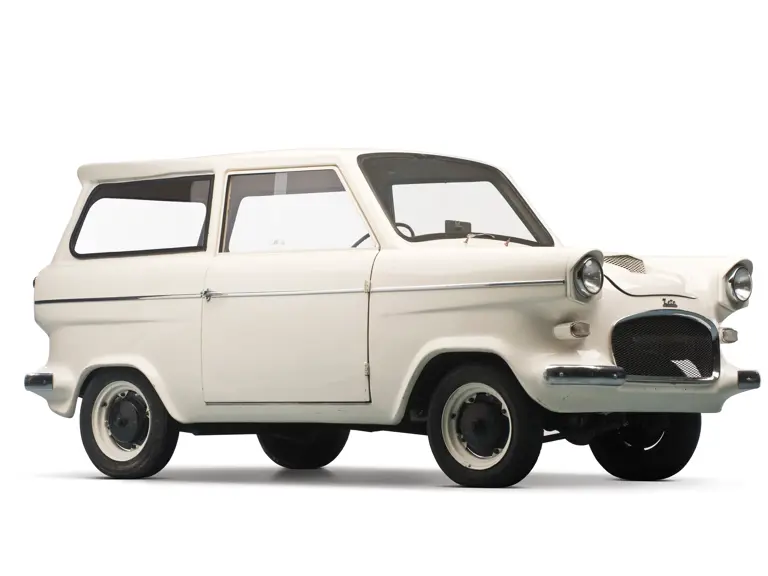
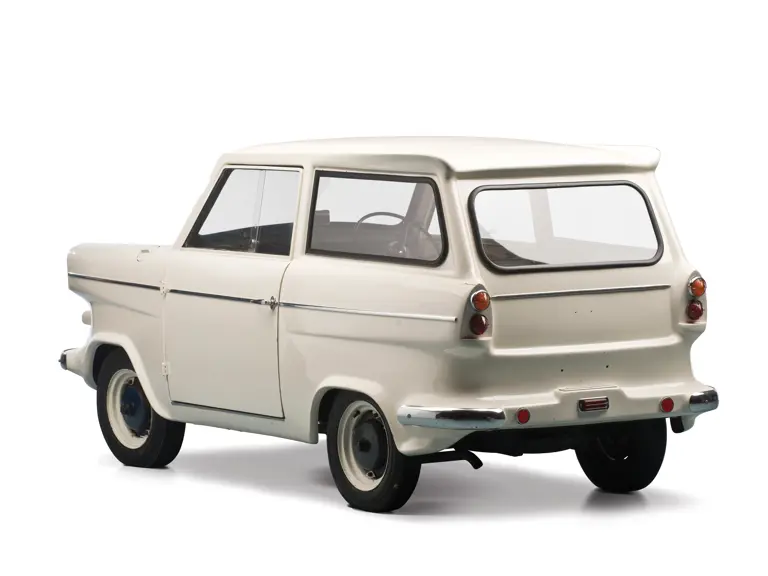


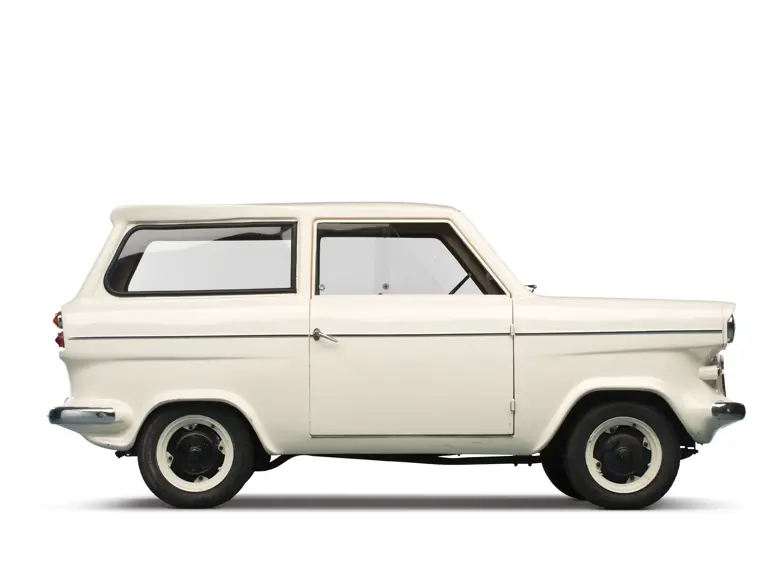
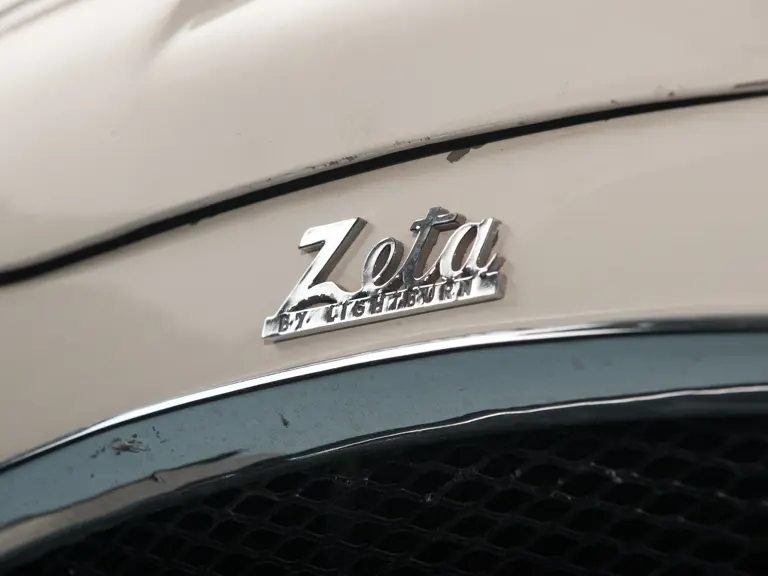
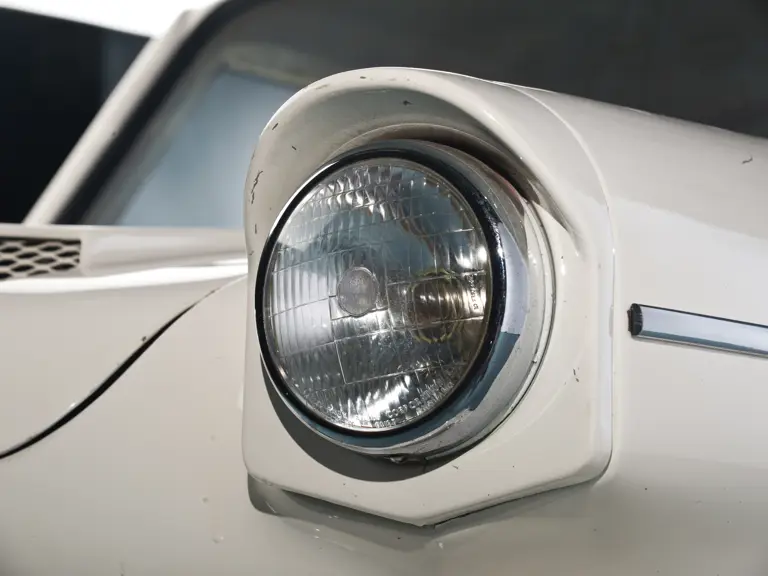
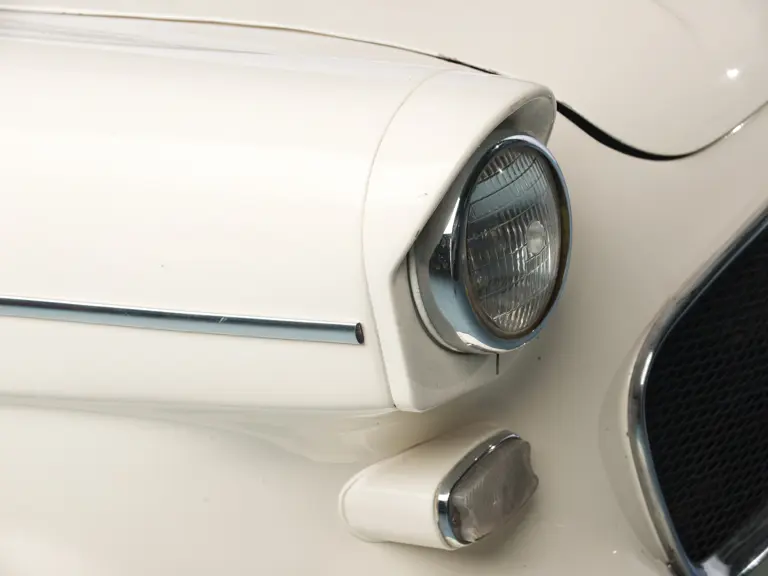
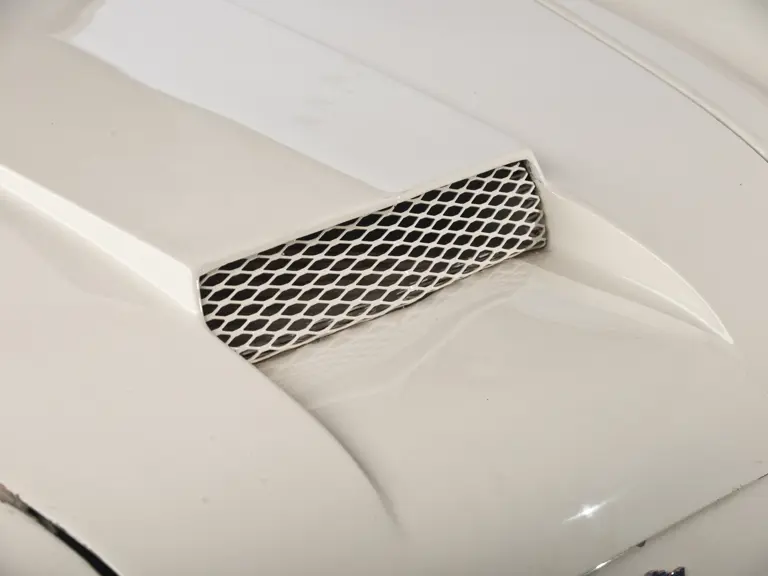
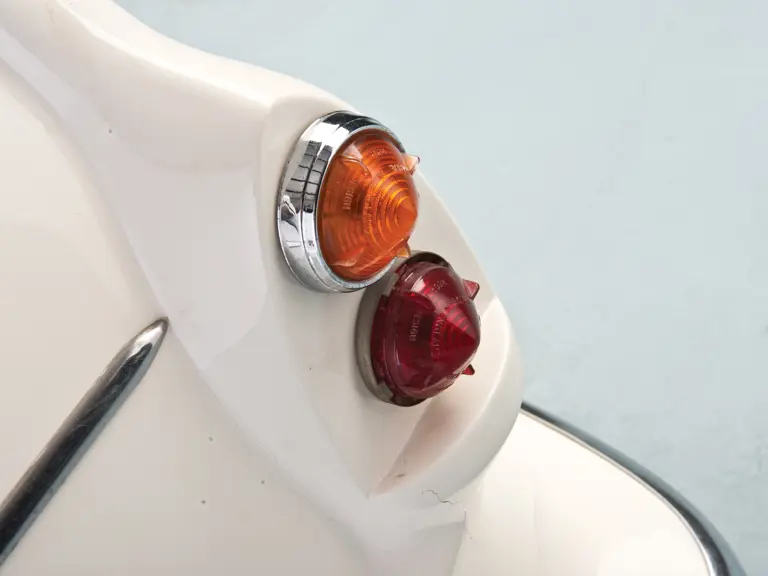
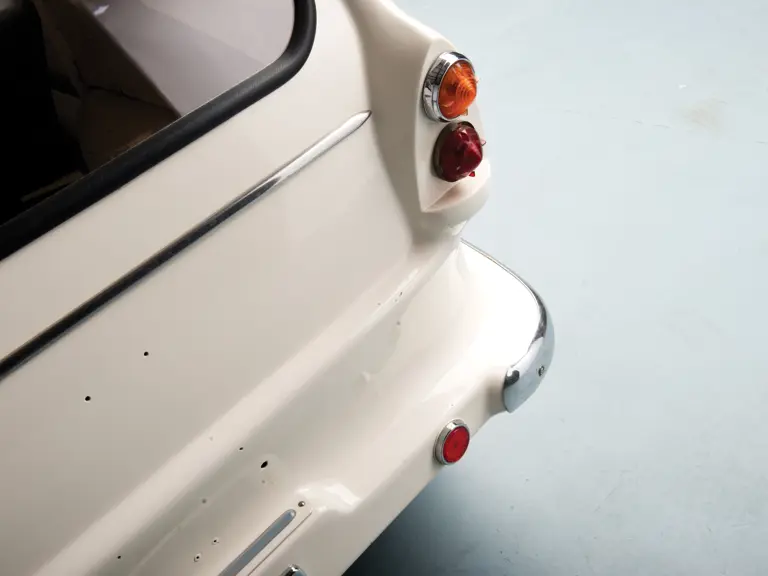
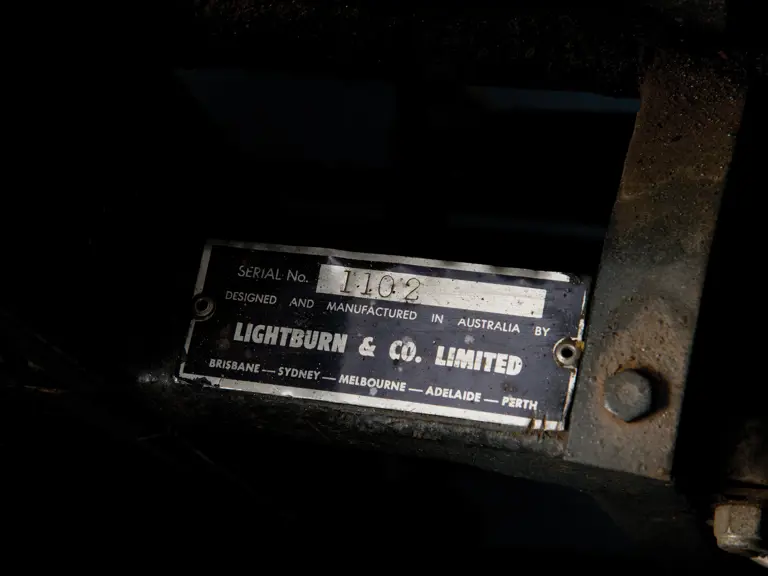
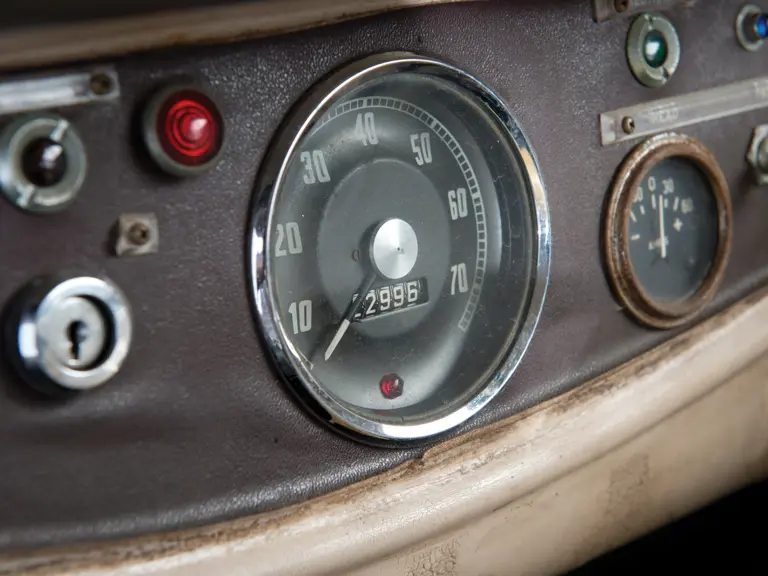
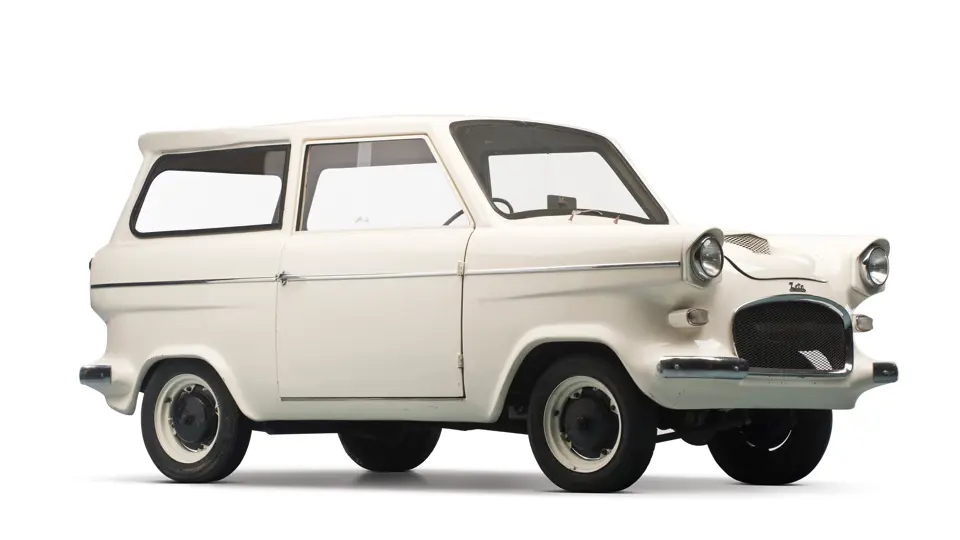
 | Madison, Georgia
| Madison, Georgia

